Far Side of the Moon
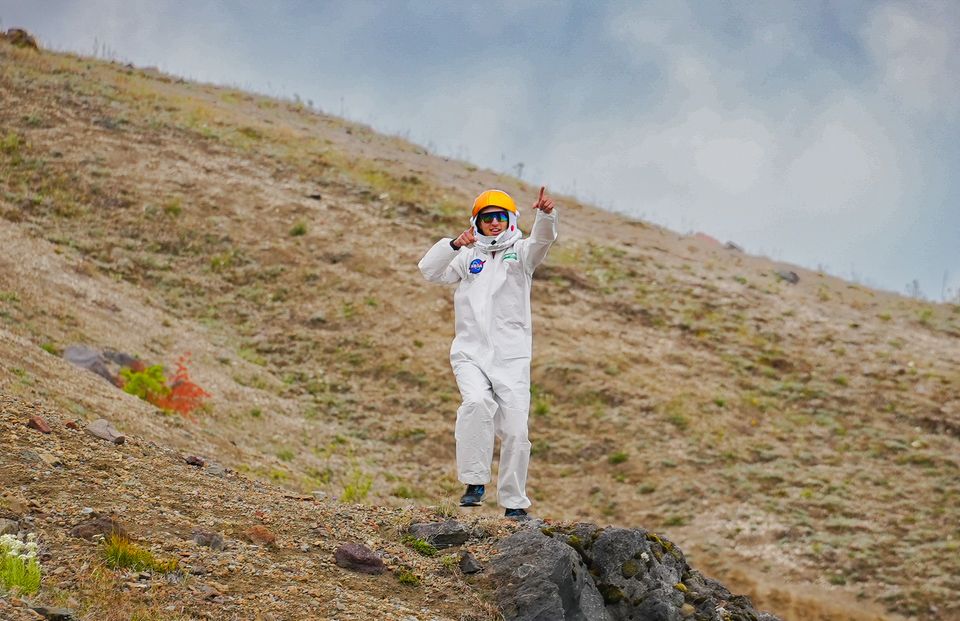
When I was in high school I had the remarkable experience of watching as the most destructive volcanic event in United States history unfolded outside our classroom windows.
I grew up in the Pacific Northwest, alongside the Cascade Mountains. And out of all these mountains, Mount St. Helens was known as the youngest and most active of the many volcanoes that stretch from southern British Columbia to northern California.
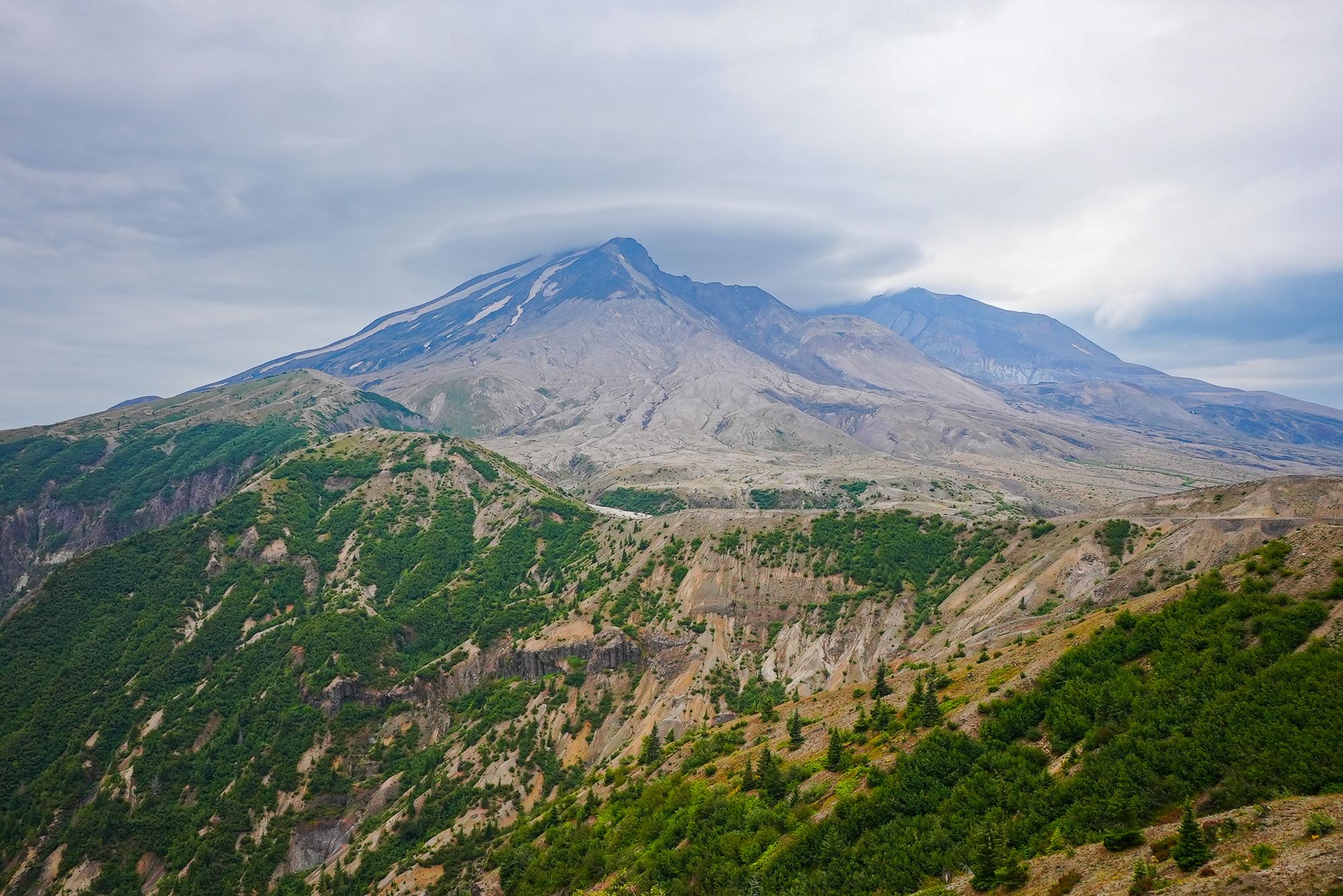
The mountain itself was less than 40,000 years old, and everyone from Native tribes to early European explorers had noted the mountain's periodic eruptions.
Then in 1980, after weeks of alarming tremors, Mount St. Helens erupted again with a force more violent than anyone could have imagined.
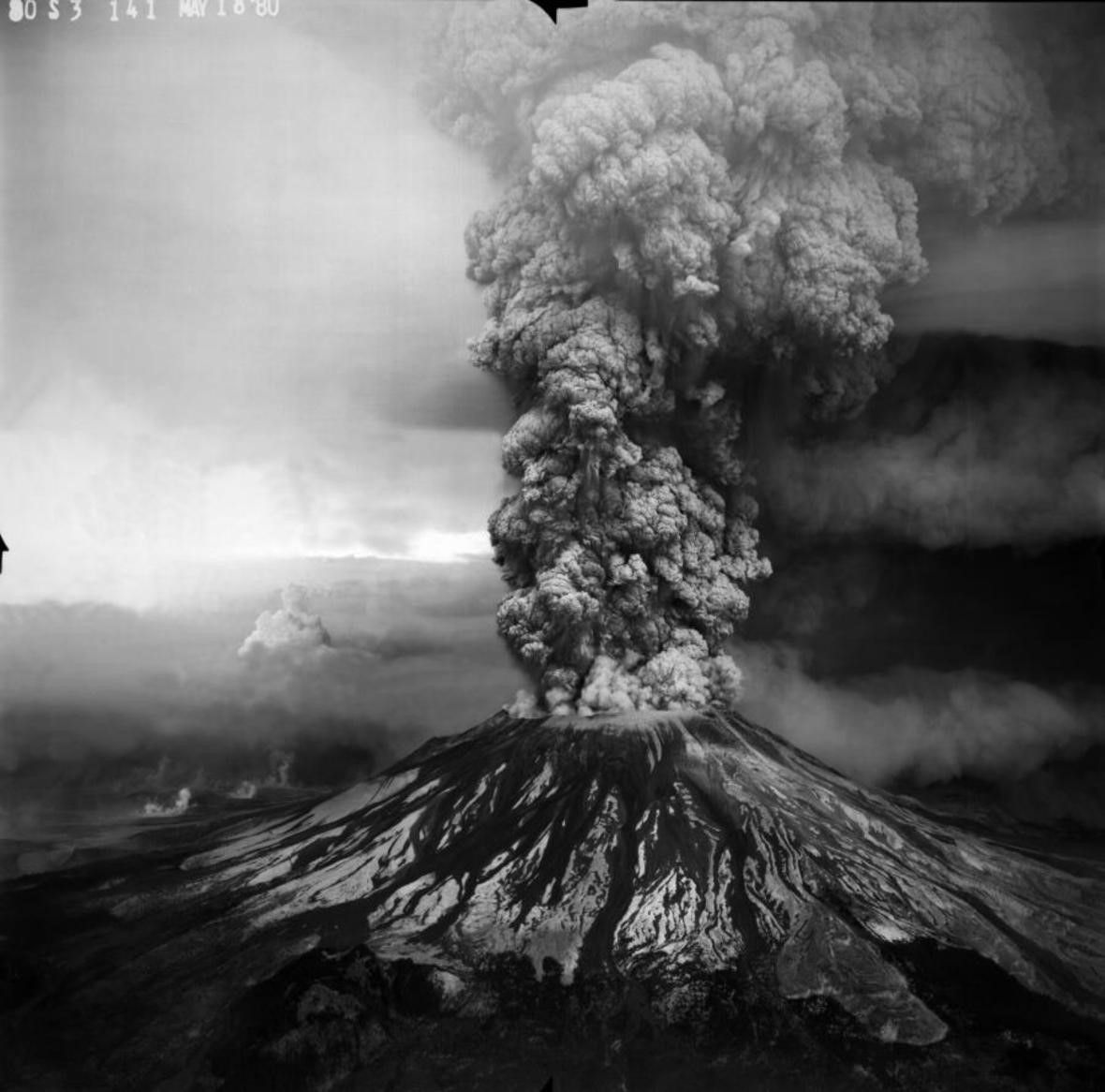
Not only did the eruption's immense plume of ash rise 15 miles into the atmosphere and travel around the world, a shockwave equivalent to 2,500 atomic bombs blew sideways and flattened over 230 square miles of dense forest while causing immense ecological and human devastation.
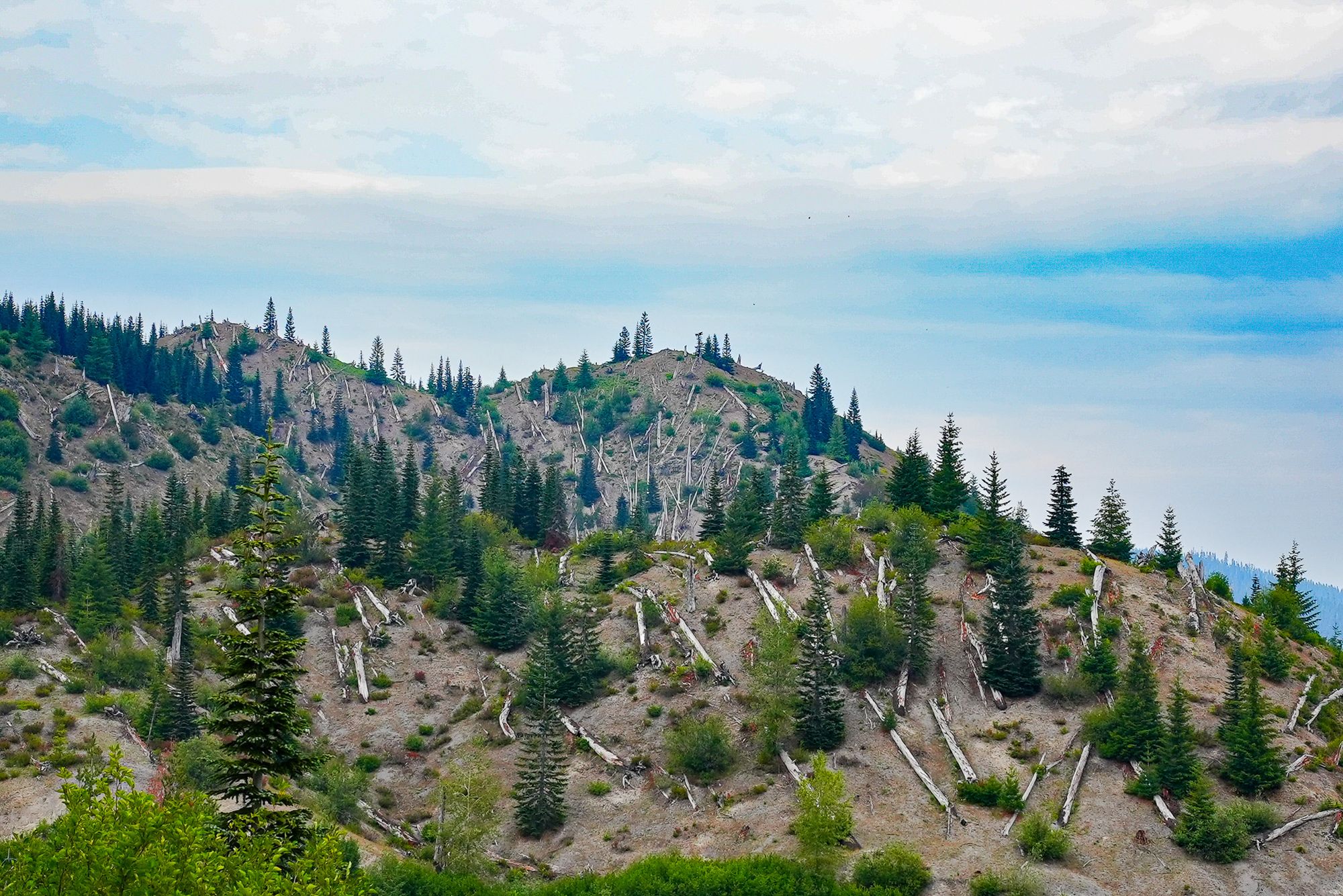
A vast area around the mountain was blasted with so much force that hillsides were scoured to bare rock and the ground was buried and cooked in thick beds of superheated ash—leaving the entire landscape looking like a lifeless moonscape.
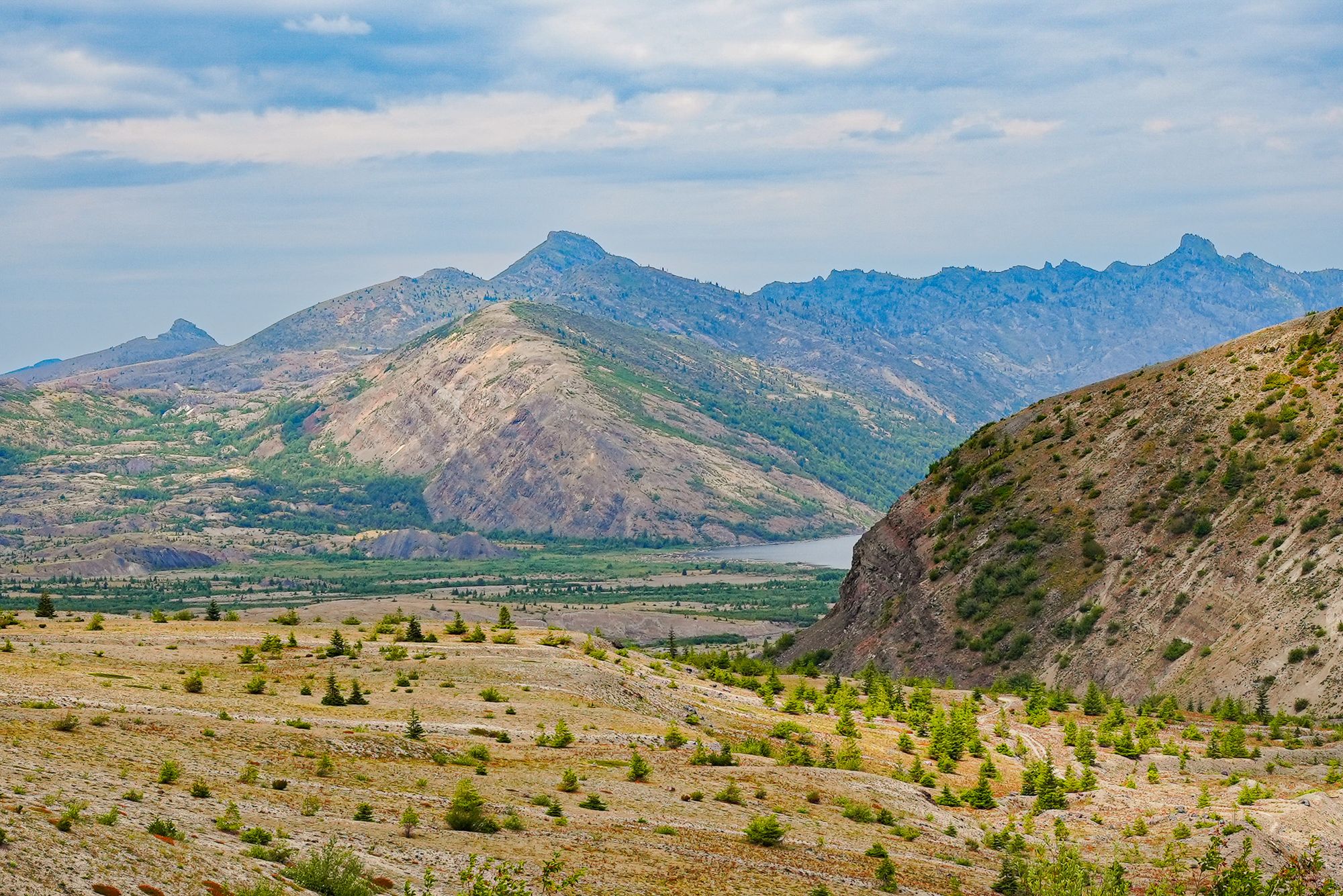
But what happened next, and over the subsequent decades, has surprised everyone.
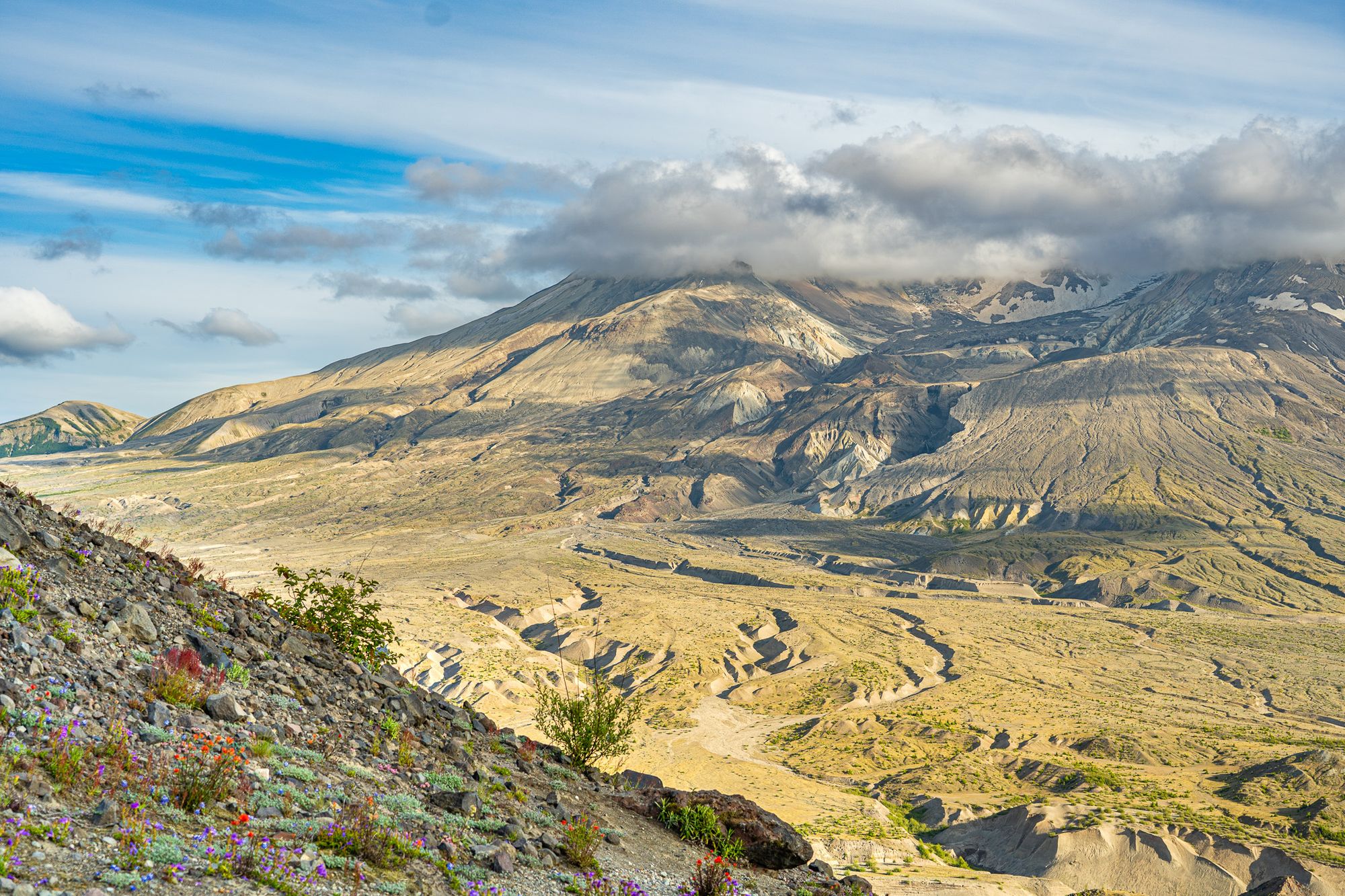
Within days of the eruption, scientists flying over the blast zone began noticing signs of life.
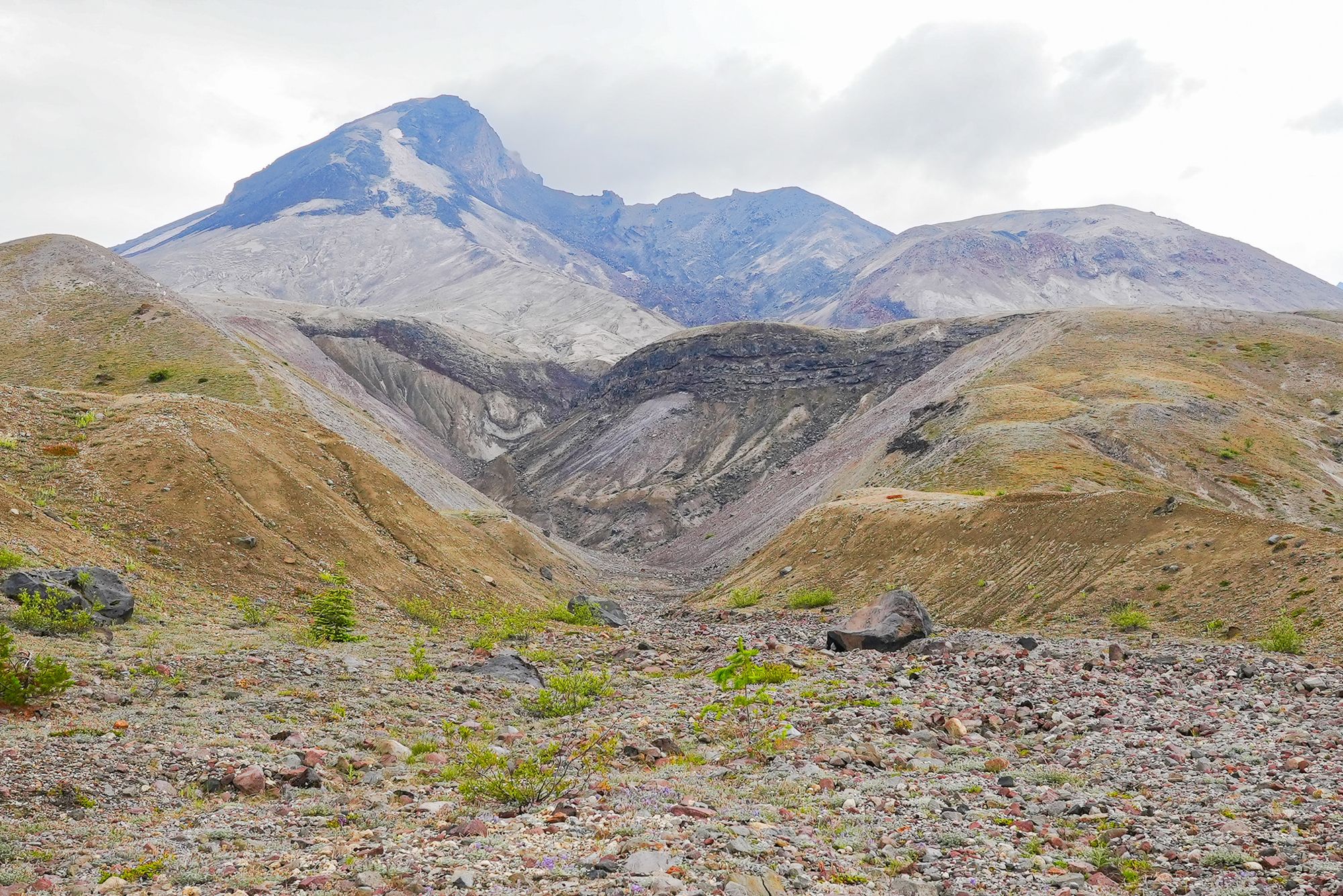
Despite the blast and superheated ash, a range of animals survived the eruption. For example, many burrowing animals like pocket gophers, chipmunks, and mice hid in tunnels, while other animals were protected under a late blanket of snow.
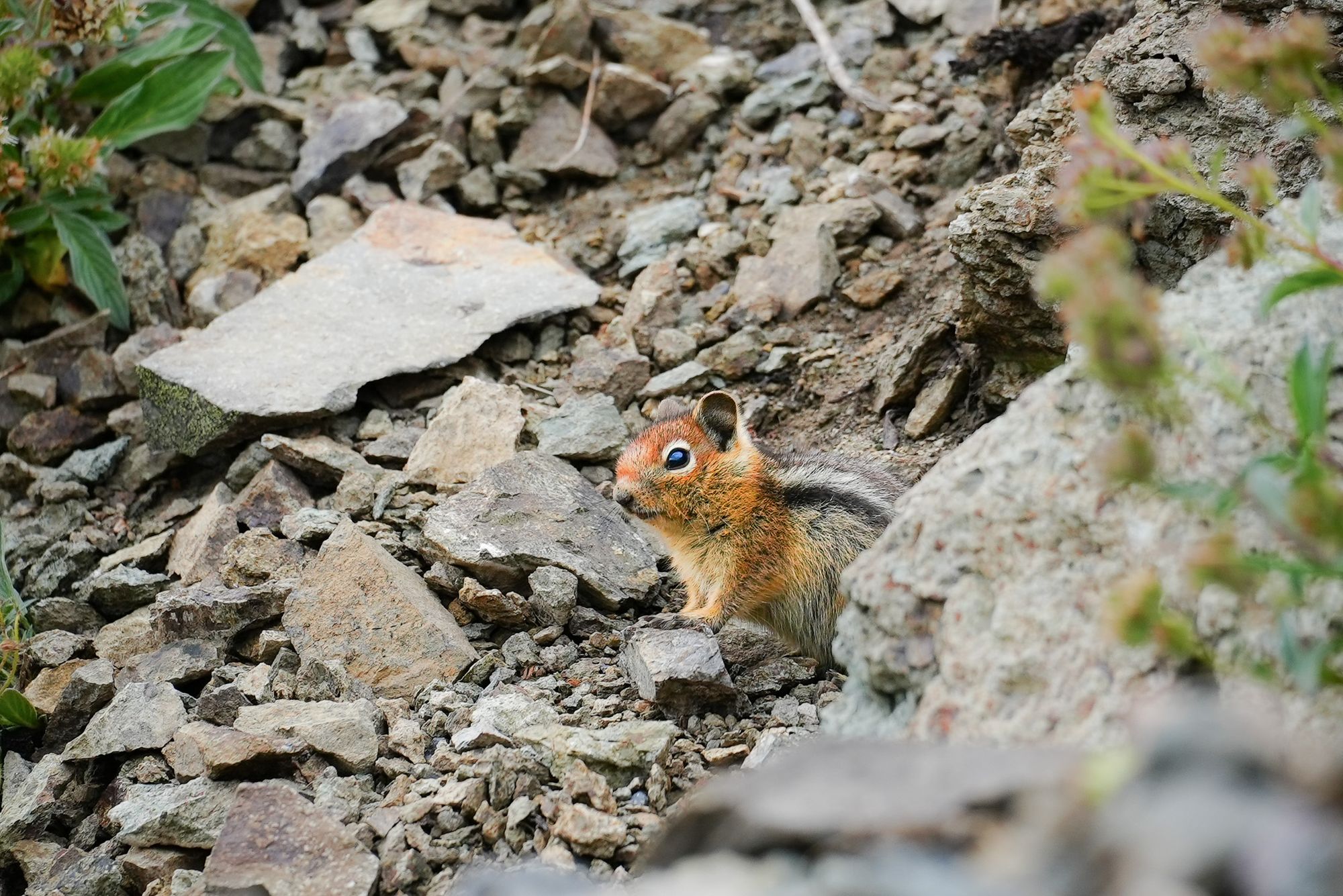
Insects and invertebrates soon arrived on the wind, providing food for small scavengers and predators; and 43 species of spiders—all carried on air currents—were recorded in the blast zone within a year of the eruption.
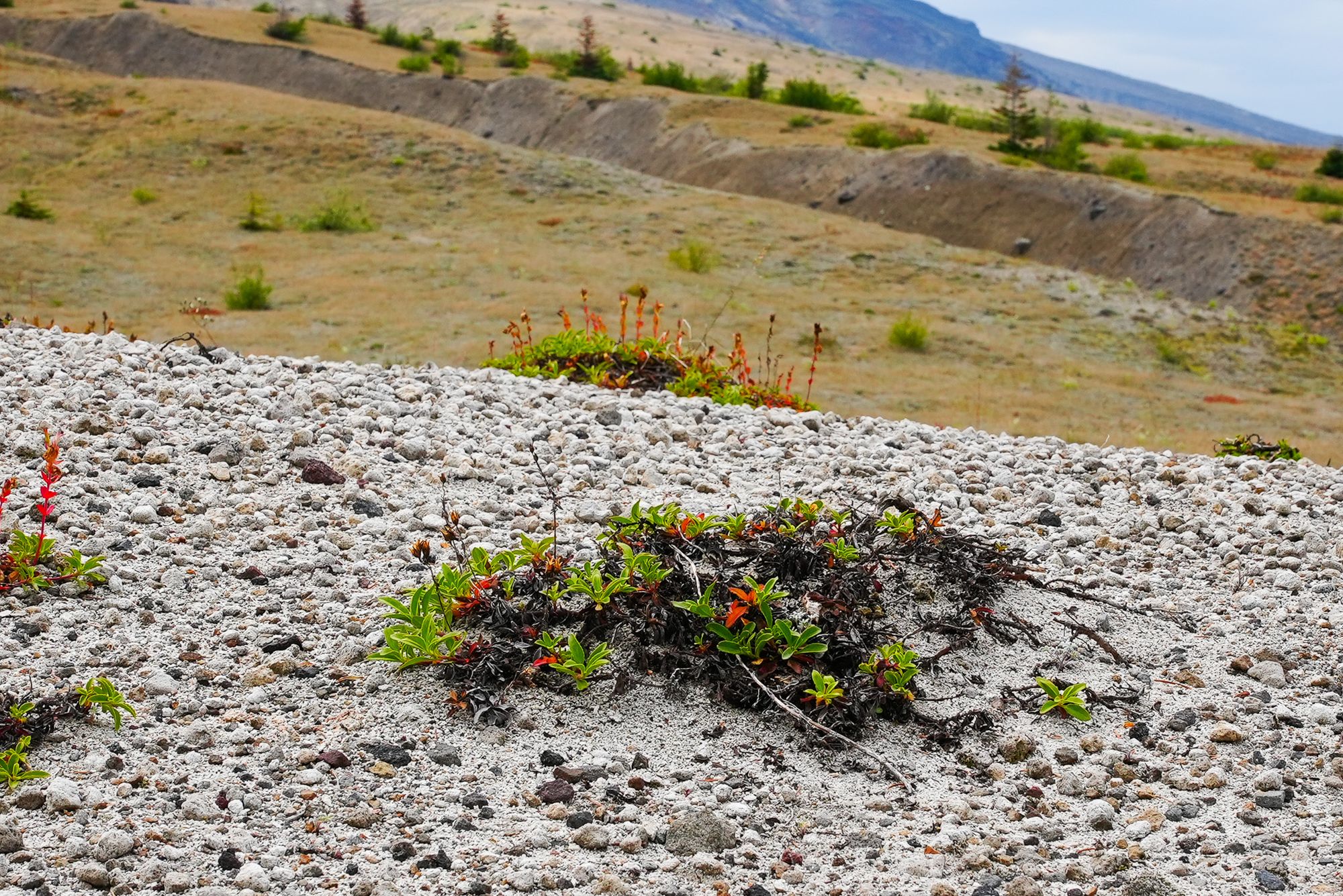
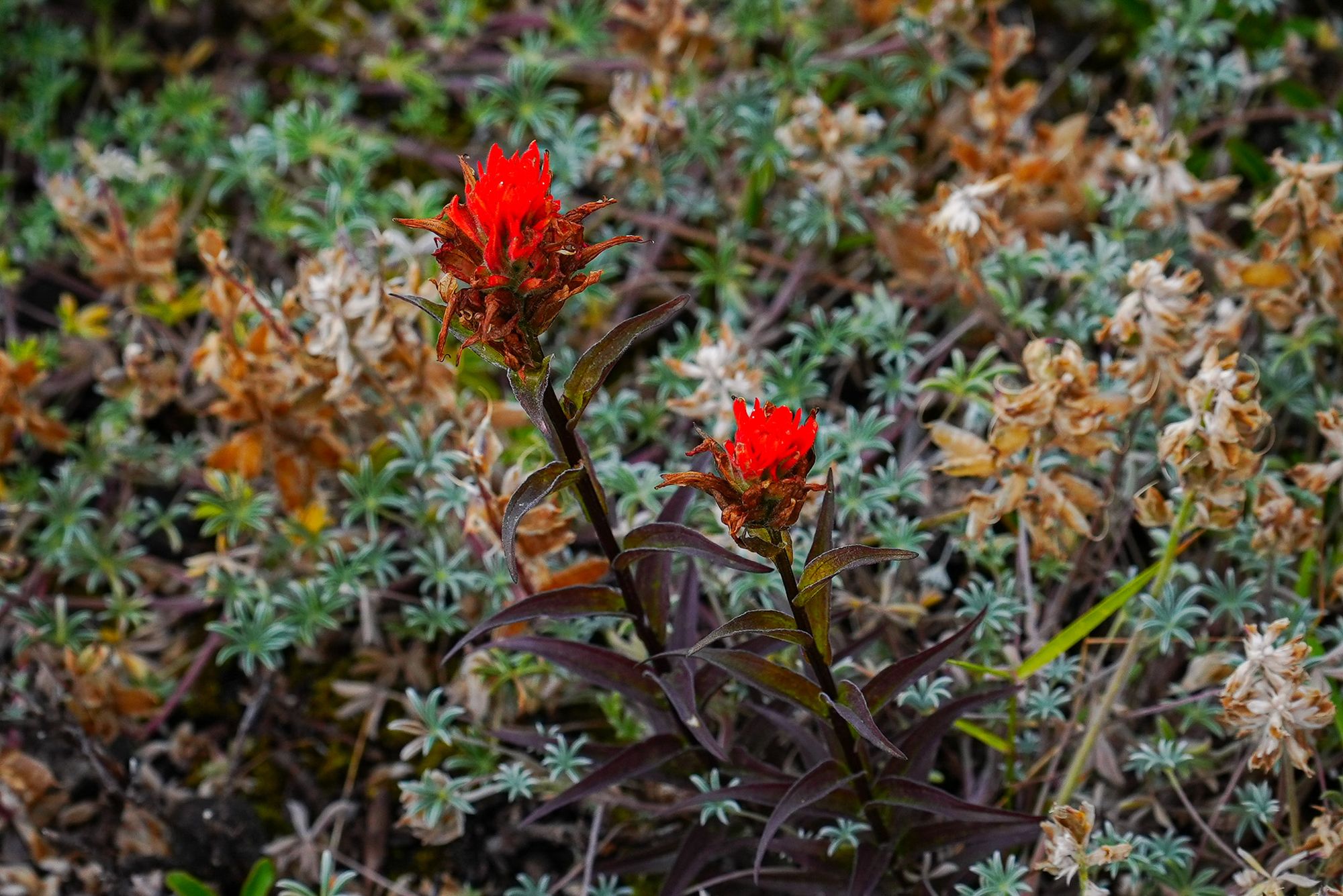
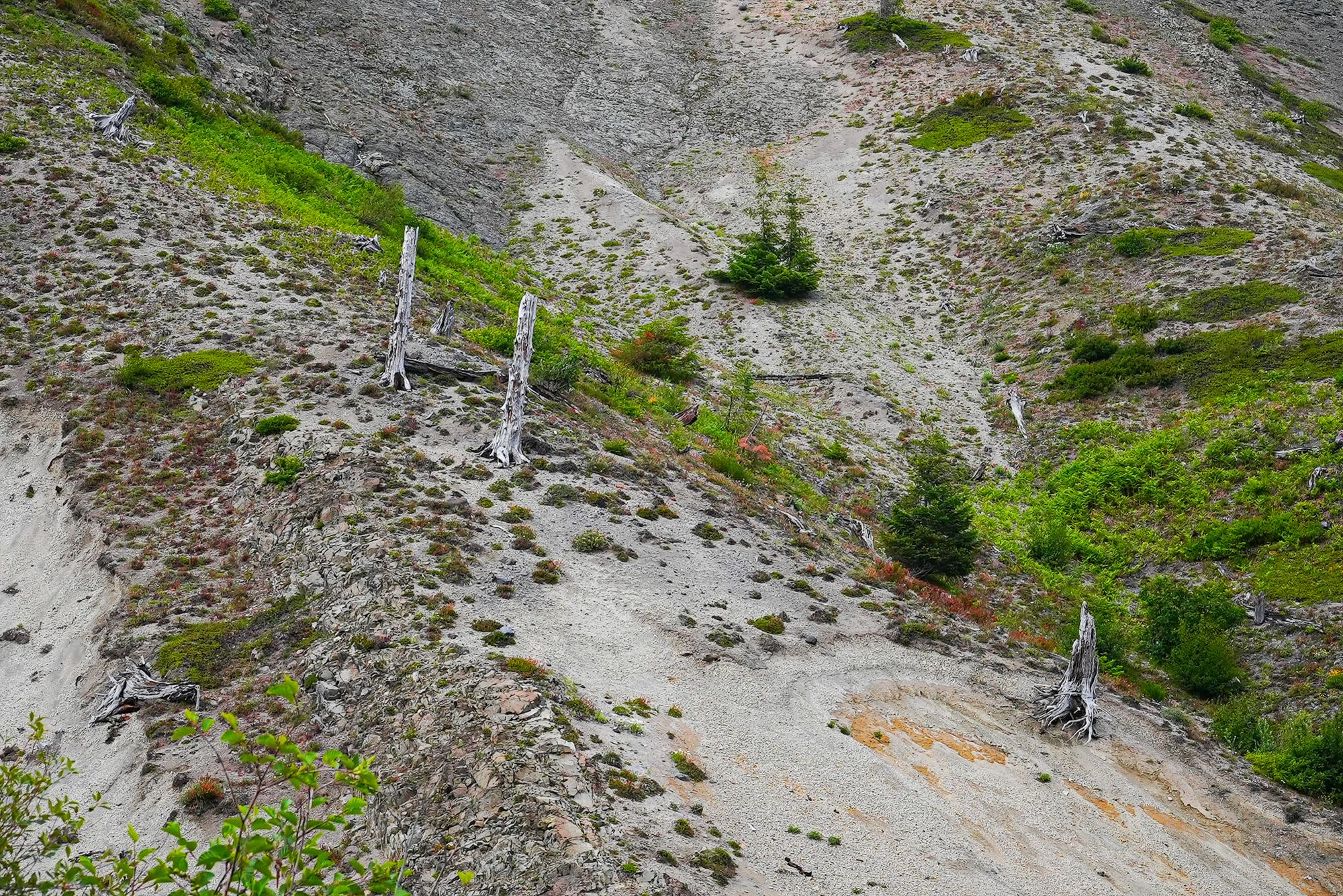


The following spring, a single prairie lupine appeared, signaling a crucial turning point because lupines pull nitrogen out of the atmosphere and begin building a healthy food chain from the ground up.
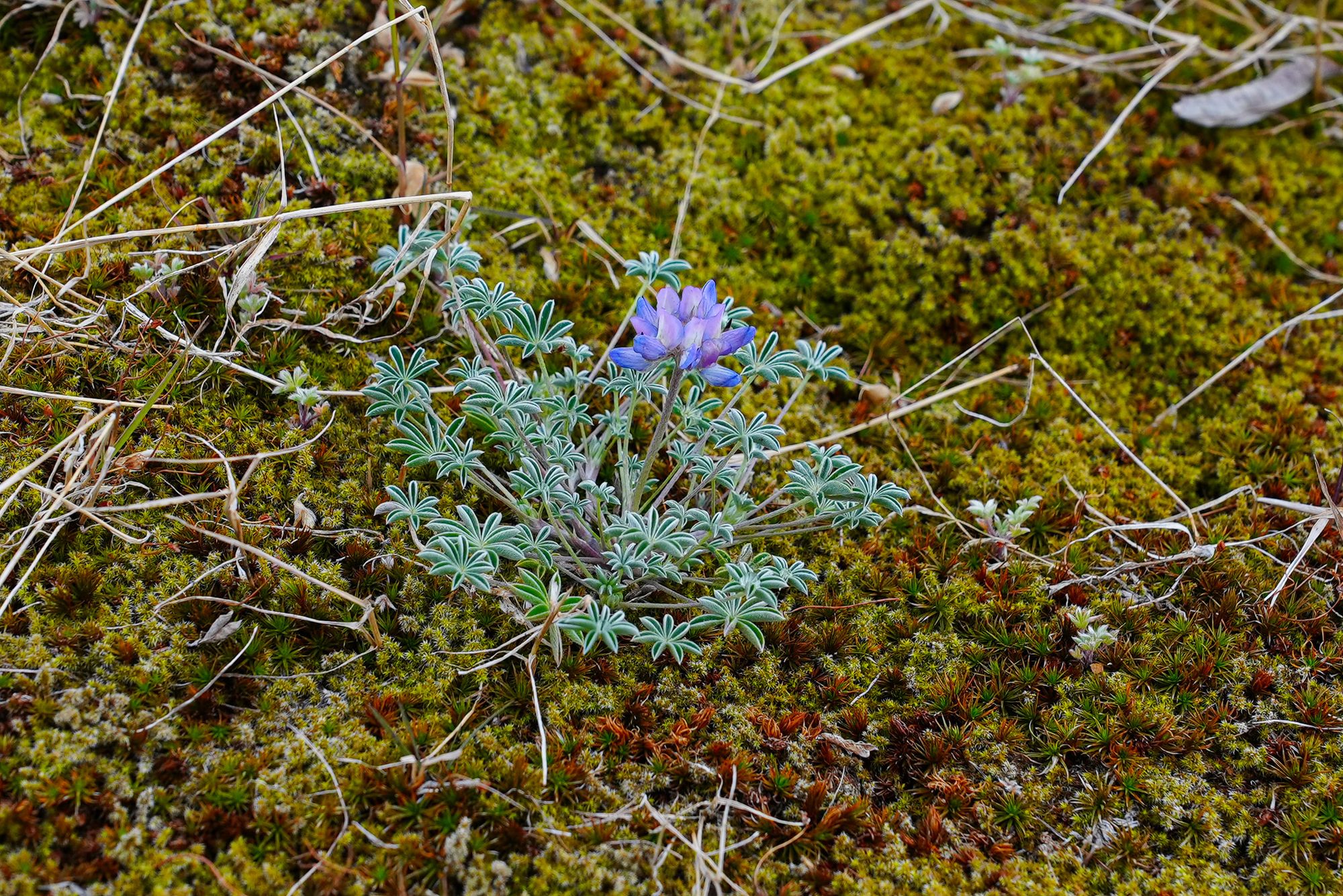
Rarely, if ever, in the history of volcano studies have scientists had an opportunity to document a major eruption, in microscopic detail and at an easily reached location, so close to universities and research labs.
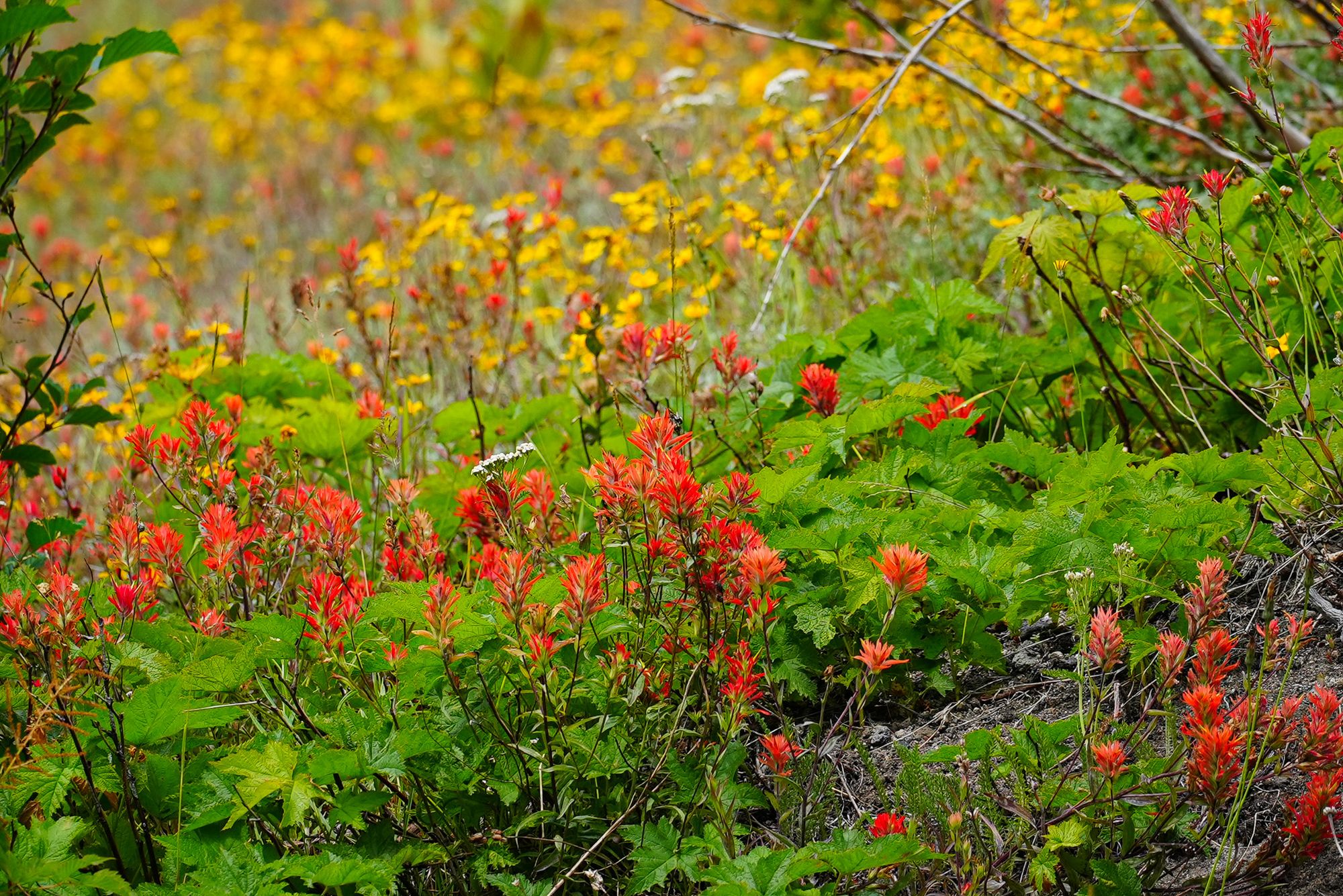
And rarely has a fresh volcanic site been so open and accessible to public visitors. The 110,000-acre Mount St. Helens National Volcanic Monument, established in 1982, offers a visitor center, opportunities to view the mountain from multiple angles, and a large network of trails.
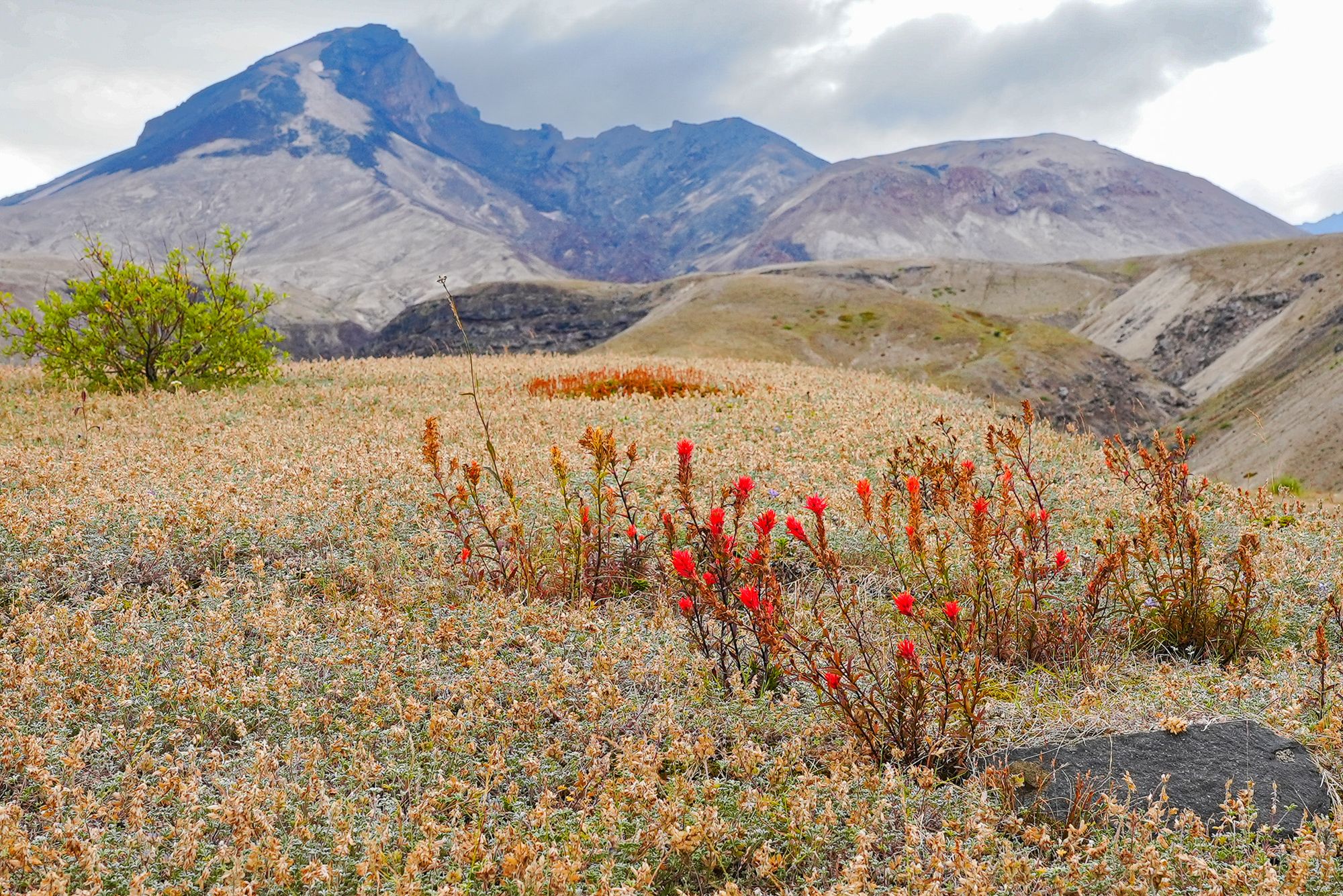
Even now, more than 40 years after the eruption, it's fascinating to explore this unique landscape and observe the ecological recovery firsthand. It's a place of small surprises, and little pockets of life, on a grand scale.
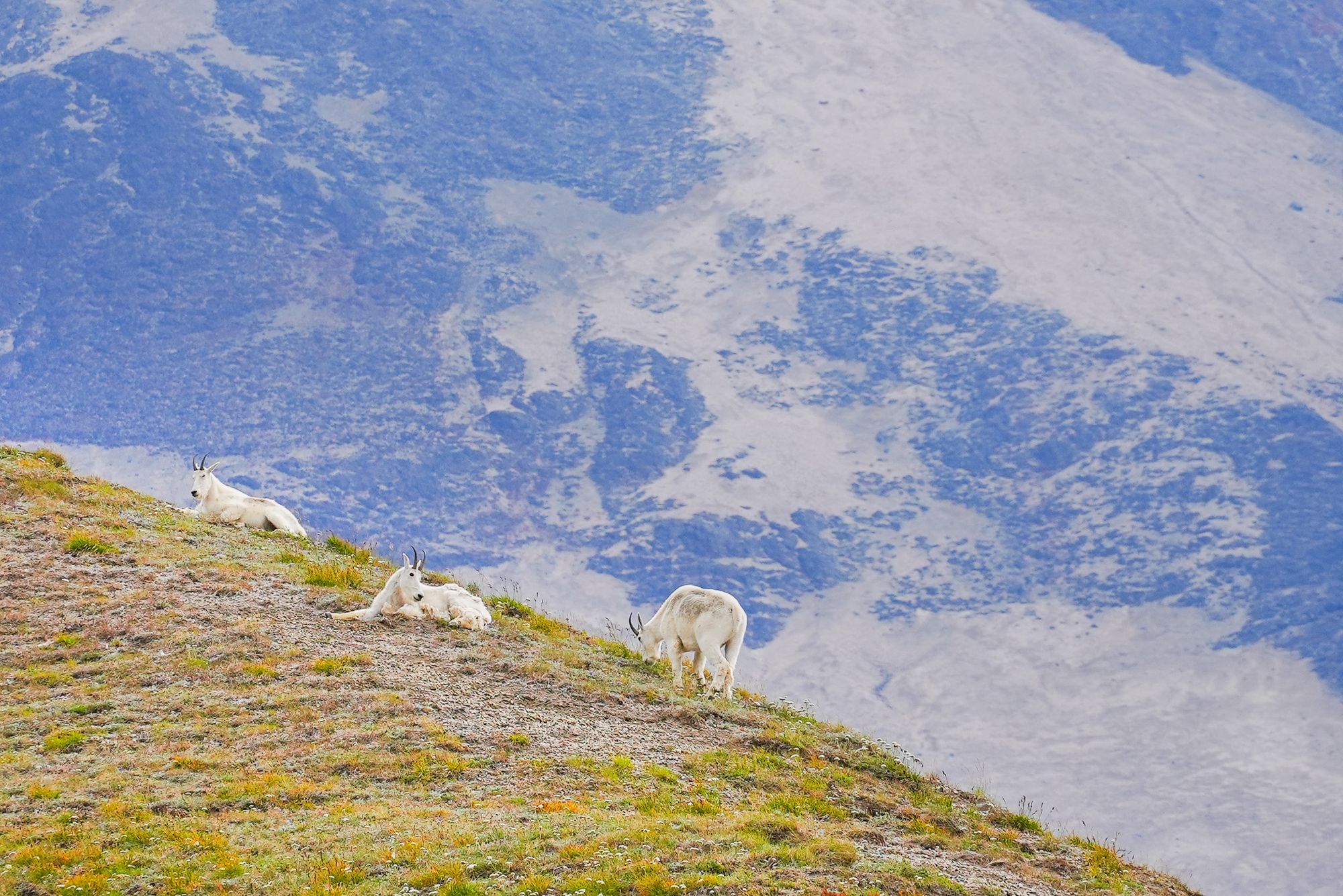
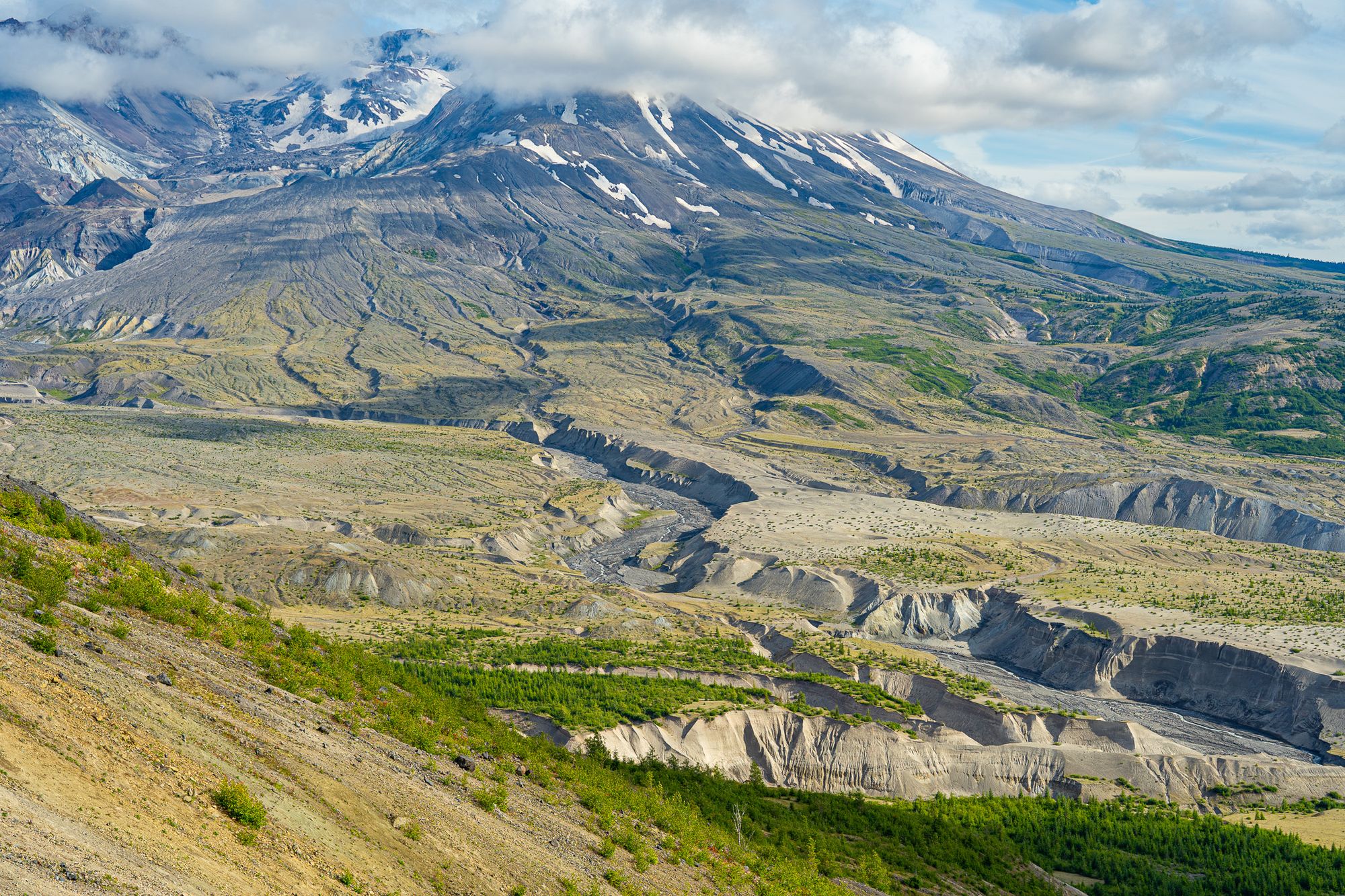
Member discussion